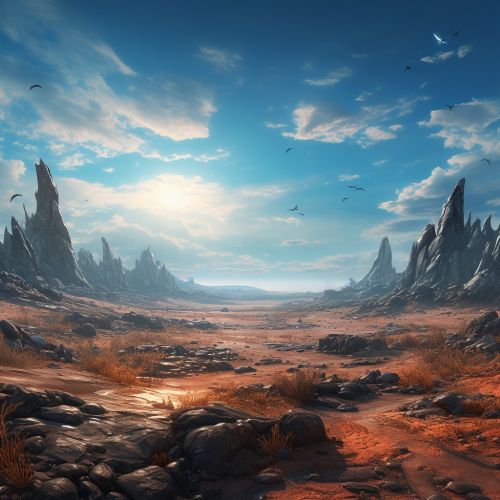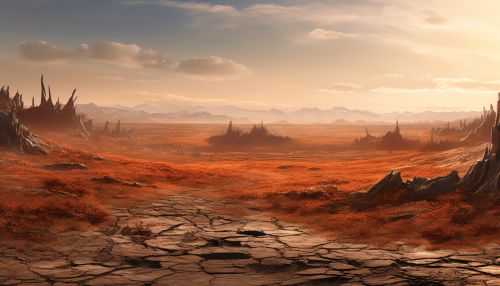Mass Extinctions and Biodiversity Crises
Introduction
Mass extinctions and biodiversity crises are significant events in the history of life on our planet. These events are characterized by the rapid loss of a large number of species across a wide range of habitats and taxonomic groups. The causes of these events are often complex and multifaceted, involving a combination of environmental changes, ecological disruptions, and evolutionary pressures.


Mass Extinctions
Mass extinctions are defined as relatively short-lived, global events in which at least 75% of species become extinct. There have been five major mass extinctions in Earth's history, often referred to as the "Big Five". These include the Ordovician-Silurian, Late Devonian, Permian-Triassic, Triassic-Jurassic, and Cretaceous-Paleogene extinctions.
Ordovician-Silurian Extinction
The Ordovician-Silurian extinction, which occurred approximately 443 million years ago, was the first of the Big Five. It was characterized by two distinct pulses of extinction, likely caused by rapid climate change and associated sea level fluctuations.
Late Devonian Extinction
The Late Devonian extinction, occurring around 375-360 million years ago, was marked by a prolonged series of extinctions over a period of 20 million years. This event is often attributed to a combination of environmental changes, including climate change, sea level fluctuations, and possibly a bolide impact.
Permian-Triassic Extinction
The Permian-Triassic extinction, also known as the "Great Dying", occurred approximately 252 million years ago. It was the most severe extinction event in Earth's history, with an estimated 96% of marine species and 70% of terrestrial vertebrate species becoming extinct. The causes of this event are still debated, but likely involved massive volcanic eruptions, climate change, and ocean acidification.
Triassic-Jurassic Extinction
The Triassic-Jurassic extinction, which took place around 201 million years ago, resulted in the loss of around 76% of all species, paving the way for the dominance of dinosaurs in the Jurassic period. This event is often attributed to massive volcanic activity and associated climate change.
Cretaceous-Paleogene Extinction
The Cretaceous-Paleogene extinction, occurring approximately 66 million years ago, is perhaps the most famous of the Big Five, as it led to the extinction of non-avian dinosaurs. The primary cause of this event is widely accepted to be the impact of a large asteroid or comet near what is now the Yucatán Peninsula in Mexico.
Biodiversity Crises
Biodiversity crises are periods of significant reductions in biodiversity, but are not as severe or rapid as mass extinctions. These crises can still have profound impacts on ecosystems and the course of evolution. Examples of biodiversity crises include the Carboniferous Rainforest Collapse and the current Holocene extinction, often referred to as the "Sixth Extinction".
Carboniferous Rainforest Collapse
The Carboniferous Rainforest Collapse, which occurred approximately 305 million years ago, was a time of significant loss of tropical rainforests. This event is often attributed to climate change and the evolution of new herbivorous insects.
Holocene Extinction
The Holocene extinction, also known as the Sixth Extinction, is a current event characterized by the unprecedented loss of species due to human activity. Causes include habitat destruction, overexploitation, climate change, and the introduction of invasive species.
Impacts and Significance
Mass extinctions and biodiversity crises have profound impacts on the biosphere. They often lead to the loss of unique lineages and the reshuffling of ecological communities. In the aftermath of these events, there is often a burst of evolutionary innovation as new species evolve to fill the vacant ecological niches.
